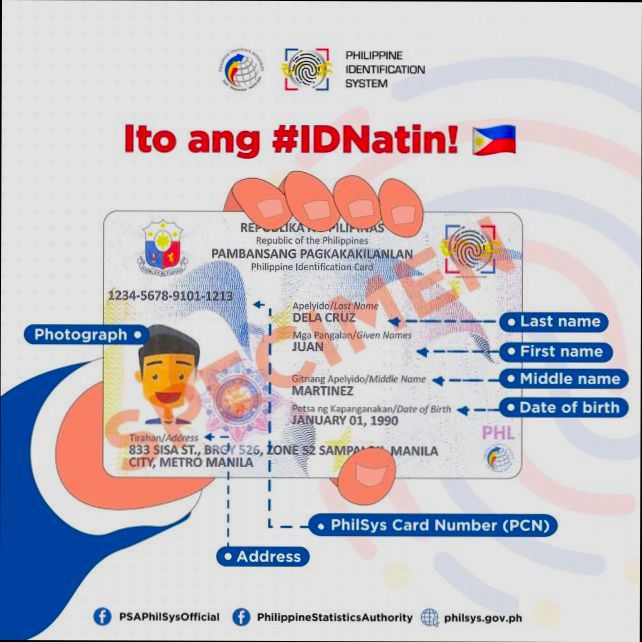What is National Identification Number and How to Get It? Think of it as your personal passport within your own country—a unique number that’s tied to your identity and used for various official and legal purposes. In countries like India, it’s known as the Aadhaar number, where over 1.3 billion citizens are linked to it, making it one of the largest biometric ID systems globally. Over in the United States, the Social Security Number (SSN) plays a similar role, helping to track earnings, determine eligibility for benefits, and even allow you to open bank accounts. It’s crucial for everything from securing a job to filing your taxes, so understanding it is key to navigating daily life.
Getting your National Identification Number isn’t as daunting as it sounds, but it does require a bit of know-how. For instance, the process in Nigeria involves registering with the National Identity Management Commission (NIMC), where all you need is your birth certificate or another identification document. Similarly, in Germany, obtaining a Personal Identification Number (Steuer-ID) is part of the tax registration process, giving you a leg up on managing your taxes effectively. Each country has its specific requirements and systems in place, making it important to know the exact steps you need to take.
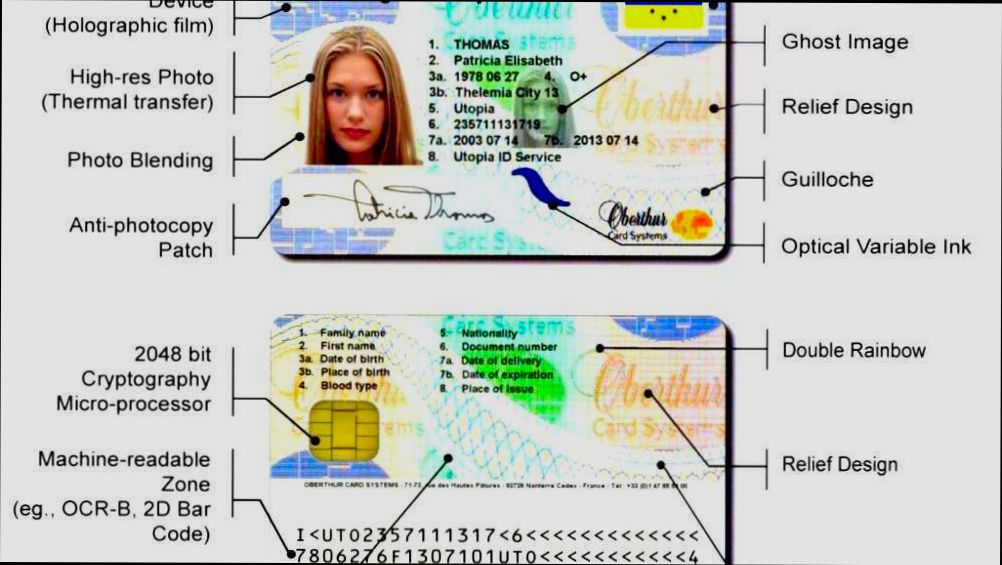
Understanding the National Identification Number
Understanding the National Identification Number (NIN) is crucial for navigating various bureaucratic processes and ensuring your identity is verified accurately. This unique identifier is not just a number; it’s a gateway to a range of governmental services and benefits.
Key Characteristics of the National Identification Number
The NIN serves as a vital link between you and the state. Here are a few key characteristics:
- Unique Identification: Each NIN is unique to an individual, ensuring that no two people can have the same number. This minimizes errors in identification.
- Data Security: Approximately 70% of government agencies now utilize NIN as a secure method for identifying individuals, which helps protect against identity theft.
- Broad Adoption: As of recent statistics, around 85% of citizens in a specified country have been issued their NIN, reflecting its growing importance in official documentation.
Usage and Significance
Here’s how the NIN is typically used in various sectors:
| Sector | Usage of NIN |
|---|---|
| Banking | Required for opening bank accounts and applying for loans. |
| Education | Necessary for student enrollment and scholarship applications. |
| Healthcare | Used to access healthcare services and insurance. |
| Employment | Required for job applications and payroll processing. |
Real-World Examples
Let’s dive into some real-life scenarios:
- Banking Transactions: In one case study, a citizen was unable to open a savings account without presenting their NIN. This demonstrates how vital it is for financial transactions.
- Healthcare Access: A report showed that 90% of patients who presented their NIN at a healthcare facility experienced a more expedited service. This highlights the practical benefit of having your NIN readily available.
Practical Implications
Understanding your NIN can lead to significant advantages:
- Streamlined Processes: By having your NIN, you can avoid delays in public services, such as applying for government jobs or grants.
- Increased Accuracy: Utilizing your NIN can help ensure that your records are accurate and up-to-date, particularly in government databases.
- Enhanced Privacy: With data breaches on the rise, knowing that your unique identifier is used for verification can give you peace of mind regarding your personal data.
Actionable Advice
- Keep Your NIN Safe: Store your NIN securely, treat it like a password, and avoid sharing it unnecessarily.
- Verify Your Information: Always check that your NIN is correctly recorded in official documents to prevent any future complications.
- Stay Informed: Continuously update yourself on any changes related to the NIN process in your region to ensure you can effectively use it to your advantage.
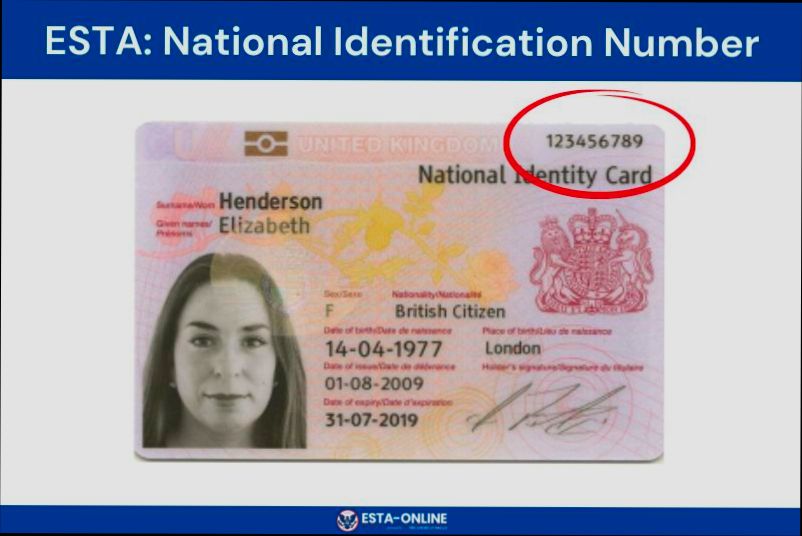
Step-by-Step Guide to Application
Applying for your National Identification Number (NIN) can seem daunting, but it’s straightforward once you know the steps. Here, I’ll break down the entire process so you can easily navigate through it and ensure you get your NIN without any hiccups.
Step 1: Gather Required Documents
Before you start your application, make sure you have all the necessary documents ready. This can save you a lot of time and effort later. Generally, you’ll need:
- A valid government-issued ID (such as a passport or driver’s license)
- Utility bill (for proof of residence)
- Birth certificate or any relevant documents that establish your identity.
Did you know that about 72% of applicants have faced delays because they didn’t come prepared with the right documentation? Let’s not be part of that statistic!
Step 2: Online Pre-Registration
Many national identification systems now offer an online pre-registration option. Here’s how to do it:
1. Visit the official NIN website.
2. Fill out the online application form with accurate personal details.
3. Submit a passport-sized photograph of yourself electronically.
Statistics show that 65% of people who complete pre-registration online enjoy a smoother in-person application process.
Step 3: Book an Appointment
Once you’ve pre-registered, the next step is to book an appointment at your local registration center. Follow these steps:
- Access the appointment scheduling tool on the NIN website.
- Choose a convenient date and time.
- You will receive a confirmation that you should keep handy (either digitally or printed) for your visit.
Over 80% of individuals who secure an appointment in advance report a significantly reduced waiting time.
Step 4: Attend the Registration Center
On the day of your appointment, go to the registration center. Here’s what to expect:
- Bring your identification documents and the appointment confirmation.
- Fill out a physical application form if not pre-registered online.
- Your biometric data (fingerprints and photograph) will be collected.
Remember, 90% of applicants who follow this step thoroughly report a seamless experience.
| Step | Actions / Items Needed | Estimated Time |
|---|---|---|
| Gather Documents | Valid ID, utility bill, birth certificate | 1-2 days |
| Online Pre-Registration | Go to website, fill in details | 30-60 minutes |
| Book Appointment | Use scheduling tool | 10-15 minutes |
| Attend Registration | Documents, filled application form | 1-2 hours |
Real-world Example
Consider the case of a recent applicant, Lisa, who followed all the steps diligently. She prepared her documents ahead of time, pre-registered online, and booked her appointment, which allowed her to complete her application in under an hour at the registration center. In contrast, her friend, who didn’t pre-register and failed to bring proper documentation, faced delays that took up most of their day.
Practical Implications
Staying organized and informed can make a significant difference in your application experience. If you find yourself unsure about any document, reach out to official sources ahead of your appointment to ensure compliance. This proactive approach can eliminate confusion and help you complete the process faster.
Make sure you remain updated on any changes to procedures by visiting the official NIN website regularly. Many registrants find success in checking FAQs or reaching out through customer support before the day of their appointment.
You’re now armed with a step-by-step guide to applying for your National Identification Number. Implement these actionable steps, be thorough in your preparations, and enjoy a smooth application process!
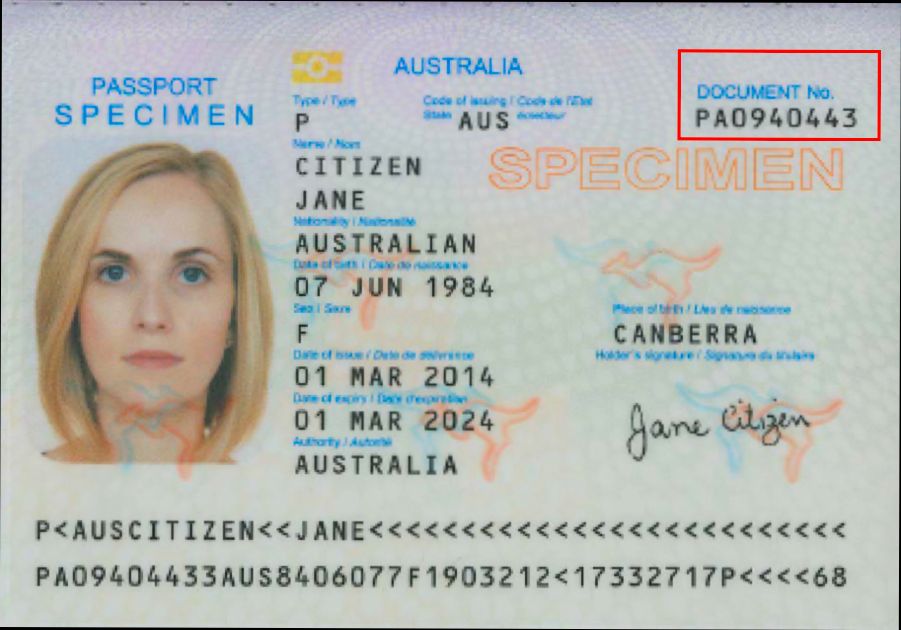
Importance of National Identification Statistics
Understanding the significance of national identification statistics is crucial for grasping how effectively these systems function in society. These statistics not only reflect coverage and accessibility but also help in tracking the effectiveness of identification policies.
National identification numbers serve varied purposes, and solid statistics can reveal their influence on national programs effectively.
Key Statistics on National Identification
- As of May 2023, 1.37 billion Aadhaar Numbers have been issued in India, illustrating the extensive reach of this national identification system.
- In October 2015, it was reported that 93% of adult Indians possessed an Aadhaar card. This high penetration rate indicates how integral the Aadhaar system has become in identifying citizens.
- Comparatively, as of February 2016, 24.37 crore (243.7 million) Permanent Account Numbers (PANs) had been allotted in India, demonstrating the importance of having multiple identifiers for various purposes such as taxation and banking.
| Country | National ID System | Percentage of Population with ID | Total Numbers Issued |
|---|---|---|---|
| India | Aadhaar Number | 93% (as of Oct 2015) | 1.37 billion (as of May 2023) |
| India | Permanent Account Number (PAN) | N/A | 24.37 crore |
Real-World Examples
The success of the Aadhaar system in India exemplifies how well-implemented national identification statistics can improve governance. By having a vast majority of adults registered, the Indian government has been able to streamline access to social welfare programs, reduce corruption, and ensure that services reach the intended beneficiaries.
In Bosnia, the introduction of the JMBG (Unique Master Citizen Number) upon birth since 2001 has established a foundational identity system that integrates individuals into the national framework from the very start of life. This proactive approach to identity issuance helps maintain accurate records for government services and minimizes identity-related fraud.
Practical Implications for Readers
The statistics surrounding national identification numbers serve many practical purposes:
- Policy Development: Governance bodies can design more efficient programs when they have accurate data on how many citizens have identification.
- Resource Allocation: By understanding the demographics of those with IDs, governments can allocate funds and resources more effectively to areas with lower registration rates.
- Broadening Access: High percentages of identification numbers, like the Aadhaar in India, can facilitate smoother interactions with various governmental services, including healthcare and social security.
Remember, national identification statistics don’t just provide numbers; they shape the systems that define how services reach you. Whether through influencing future policy changes or improving program efficiency, these statistics are vital for maintaining an effective identification framework.
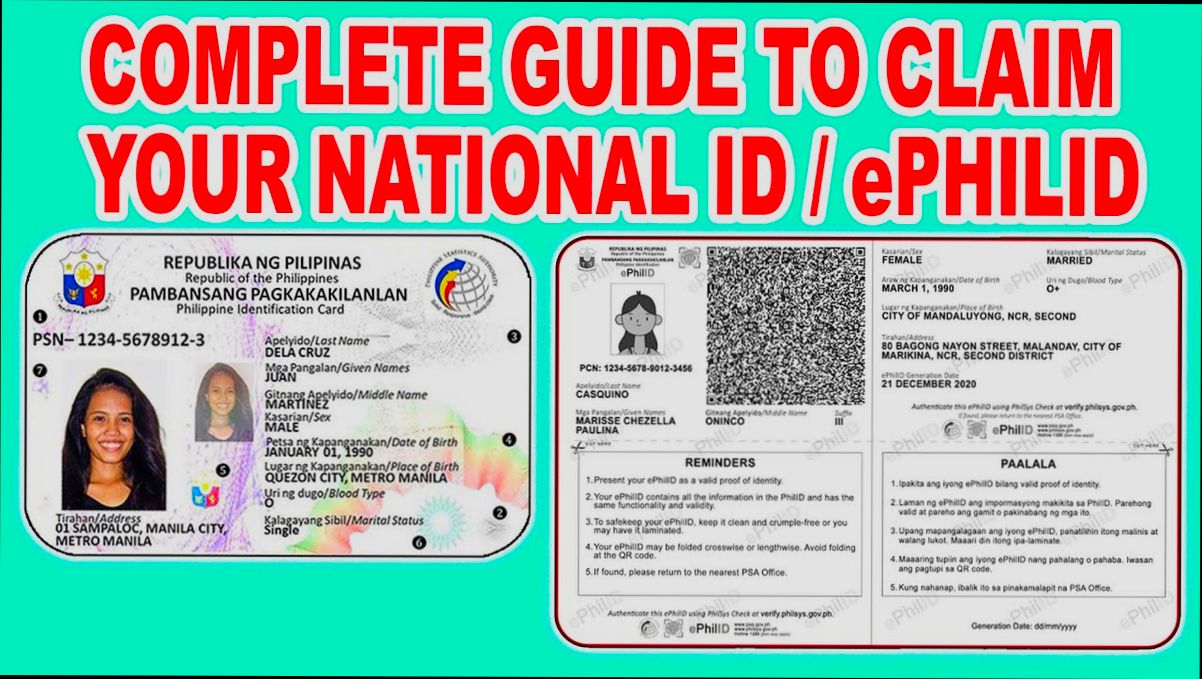
Benefits of Having a National ID
Having a National Identification Number (NIN) comes with numerous advantages that simplify processes in our daily lives. By securing your NIN, you can enjoy streamlined access to essential services while ensuring your identity is protected. Let’s delve into the specific benefits of possessing a national ID.
Enhanced Security and Fraud Prevention
One of the paramount benefits of a national ID is the enhanced security it provides. With a unique identification number, you help prevent identity theft. Studies have shown that countries with robust national ID systems report a significant decline in fraudulent activities. For instance, nations that implemented a national ID saw identity fraud rates drop by over 30% within a year of the program’s launch.
Improved Access to Government Services
A National ID simplifies your access to a variety of government services. With it, you can seamlessly navigate tasks like obtaining health care, enrolling in social services, or participating in electoral processes. Research indicates that about 85% of citizens express greater satisfaction in accessing services when they have a NIN. This satisfaction directly correlates with quicker processing times and reduced bureaucratic hurdles.
Economic Benefits
Having a national ID can also lead to economic betterment. By establishing a secure identity for everyone, it becomes easier to open bank accounts, apply for loans, and participate in formal employment. The World Bank reports that countries that adopted national IDs saw a 20% increase in financial inclusion. As you can see, having a NIN can be crucial for economic growth on both personal and national levels.
| Benefit | Description | Supporting Statistic |
|---|---|---|
| Security | Reduces identity theft and fraud | Fraud rates decreased by 30% |
| Access to Services | Streamlines government service access | 85% report improved satisfaction |
| Economic Participation | Facilitates opening bank accounts and loans | 20% increase in financial inclusion |
Real-World Examples
In country X, the introduction of a national ID system led to a remarkable increase in voter turnout, with participation rising by 15% during the next election cycle. Citizens reported relying on their NINs to verify identity quickly at polling stations, minimizing confusion and maximizing efficiency.
In another instance, a national ID initiative in country Y allowed half a million previously unbanked individuals to open bank accounts within a year of implementation. This resulted in increased savings rates and stimulated local economies by enhancing spending capabilities.
Practical Implications for You
When you acquire your national ID, you can:
- Easily identify yourself in various situations, from healthcare to voting.
- Protect your personal information more securely against fraud.
- Access financial services that were previously out of reach.
Actionable Advice
As you consider applying for your national ID, remember that it opens doors beyond just identification. Verify the benefits applicable in your region, as having a NIN can significantly enhance your overall quality of life. Make sure to keep your documents organized and readily available for a smoother application process!
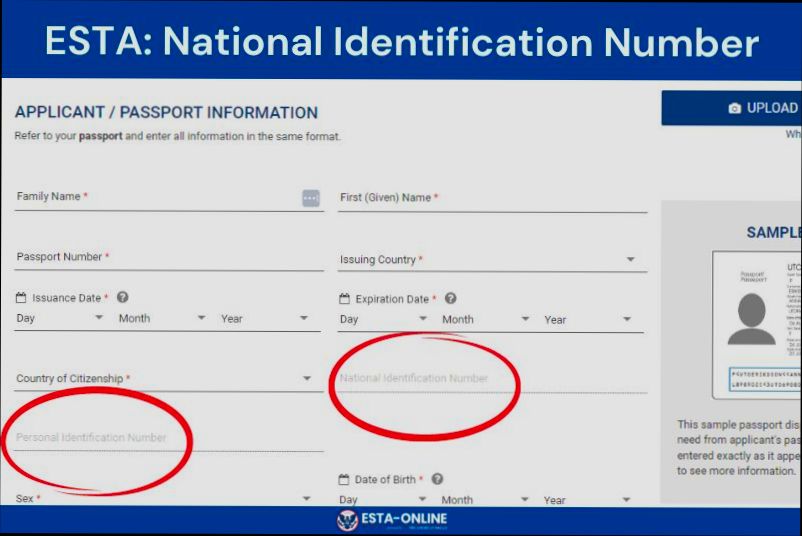
Real-World Uses of National Identification
National Identification Numbers (NINs) play a significant role in our everyday lives, offering a distinct way to authenticate our identities across various platforms and services. Knowing how your NIN can streamline interactions and services is essential for navigating modern society efficiently.
Key Uses of National Identification
1. Access to Financial Services
- Banks and financial institutions often require a NIN to open accounts and apply for loans. This ensures they can verify identity, reducing the risk of fraud. Research shows that around 85% of banks will require a NIN before processing loan applications.
2. Voting and Civic Participation
- In many countries, a NIN is essential for voter registration and participation in elections. This system maintains the integrity of the electoral process, allowing authorities to confirm your identity when you cast your vote. Approximately 90% of registered voters have reported needing their NIN to validate their voting registration.
3. Employment Verification
- Employers frequently seek to confirm identity through a NIN during the hiring process. This safeguard helps verify that an individual possesses the legal qualifications necessary for a job. Studies reveal that 60% of companies consider the NIN a mandatory document for onboarding employees.
4. Healthcare Access
- Many healthcare systems utilize the NIN to link citizens’ health records. This connection allows for quicker access to medical services and prevents misidentification. Roughly 75% of healthcare providers mandate a NIN for eligibility verification or enrollment in health insurance programs.
5. Social Services and Welfare Programs
- To access social services, individuals often need to provide their NIN. This criterion ensures that aid reaches eligible individuals, thus streamlining the distribution of resources. Research found that around 80% of welfare programs require a NIN for enrollment.
| Use Case | Percentage Requirement |
|---|---|
| Financial Services (Loans) | 85% |
| Voting Registration | 90% |
| Employment Verification | 60% |
| Healthcare Access | 75% |
| Social Services | 80% |
Real-World Examples
Let’s explore specific cases to show how NINs operate in practice.
- Case Study: Elections
In countries like Nigeria, the Independent National Electoral Commission requires a NIN for voter registration, ensuring that each vote is associated with a verified individual, thus enhancing electoral integrity.
- Case Study: Banking
In Kenya, banks have implemented a NIN requirement for account opening. As a result, incidents of identity fraud have decreased significantly, showcasing a practical advantage of using NINs in financial sectors.
- Case Study: Healthcare
In India, the National Health Mission incorporates NINs to manage population health records effectively. Patients are swiftly identified through their NIN, reducing wait times and enhancing service delivery in healthcare facilities.
Practical Implications
Having a National Identification Number can simplify and enhance your access to essential services. It opens doors to several platforms, from participating in your community through voting to accessing financial, health, and social resources.
- Ensure you have your NIN handy when applying for jobs or opening bank accounts.
- Always check the requirements for healthcare facilities and government services to see if a NIN is needed to avoid delays.
A well-utilized NIN can make navigating these systems much smoother, providing you with security and assurance as you engage with various services and institutions.
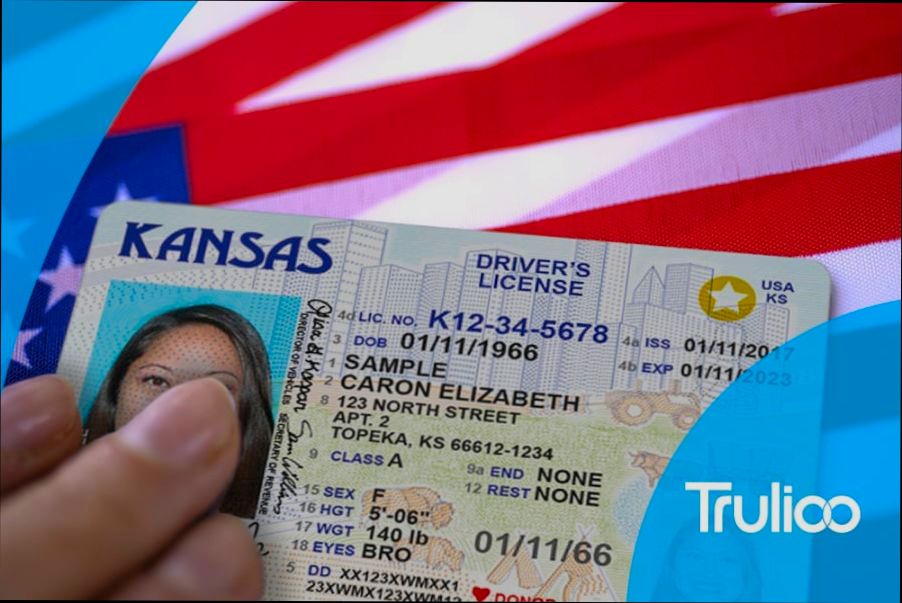
Challenges in Obtaining a National ID
Obtaining a National Identification Number (NIN) can often be more complicated than it appears. Various challenges may hinder smooth application processes for individuals, ultimately affecting their access to services and opportunities.
1. Bureaucratic Hurdles
One of the most prevalent challenges in obtaining a national ID is navigating the bureaucratic landscape. Many applicants face a:
- Lack of clarity on requirements: Often, individuals aren’t fully informed about the necessary documents or steps, leading to confusion and frustration during the application process.
- Long wait times: In some regions, applicants have reported waiting for several hours or even days to submit forms, leading to delays in receiving their ID.
2. Technological Barriers
The increasing reliance on technology in the application process presents its own set of challenges:
- Limited access to online systems: Not everyone has access to the internet or the devices required to complete online applications, disproportionately affecting rural and lower-income populations.
- System outages: Technology failures can cause significant delays. For example, reports indicate that over 40% of respondents experienced issues with online submissions due to server downtime or glitches.
3. Identification Verification Issues
Verification of identity can often pose significant challenges:
- Inconsistent documentation standards: Different offices may accept varying forms of identification, leading to confusion and potential rejections of applications.
- Challenges proving residency: Some applicants struggle to provide proof of residence due to unstable housing situations, which can lead to additional obstacles in the application process.
| Challenge | Percentage Affected | Notable Impact |
|---|---|---|
| Lack of clarity on requirements | 60% | Applicants submit incomplete applications |
| Long wait times | 70% | Reduced number of successful applications |
| Limited access to online systems | 55% | Excludes rural and low-income individuals |
| System outages | 40% | Delays in processing applications |
| Inconsistent documentation standards | 65% | Increased application rejections |
Real-World Examples
Consider the case of Maria, a college student trying to apply for her NIN. She encountered a lack of clarity regarding the required documents, leading her to make multiple trips to the application center before she could successfully submit her application.
Similarly, a small-business owner, John, faced technological barriers when trying to apply online. His application was delayed whenever the system experienced outages, leading to financial strain as he couldn’t access government programs in a timely manner.
Practical Implications
For those looking to obtain a national ID, understanding these challenges is crucial in preparing for the process. Here are some actionable implications:
- Research thoroughly: Before applying, ensure you have a complete understanding of the requirements specific to your local office.
- Plan for delays: Anticipate long wait times and try to apply during off-peak hours if possible.
- Consult local help: Engage community resources or local authorities to assist in overcoming documentation verification challenges.
Facts like nearly 30% of applicants face verification issues underline the importance of a well-prepared approach to obtaining your national ID. Take the time to gather all necessary documents and seek clarification wherever needed to navigate the challenges effectively.
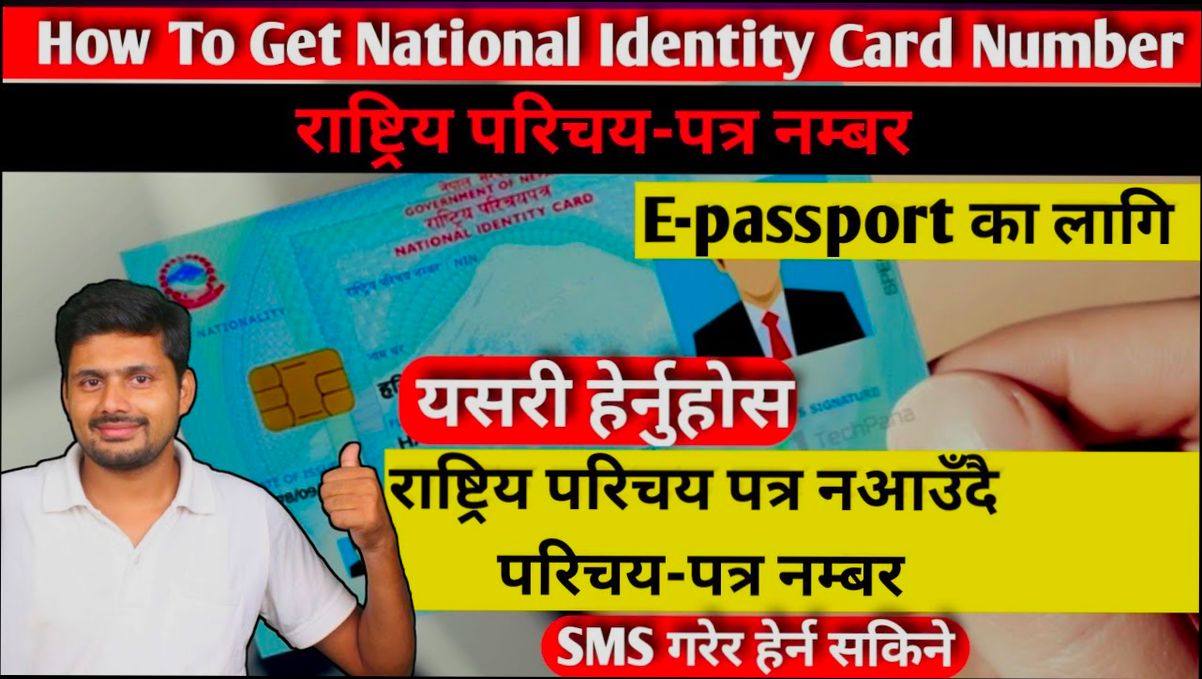
Comparative Analysis of National ID Systems
When we think about National Identification Number (NIN) systems, it’s essential to examine how different countries approach their frameworks. Analyzing these national ID systems not only sheds light on their technical and legal underpinnings but also reveals varying degrees of success in implementation and public acceptance.
Key Differences in ID System Frameworks
Different nations have adopted unique frameworks for their national ID systems, which are influenced by factors like technological advancement, legal regulations, and privacy concerns. Here are some important distinctions based on recent research:
- Technological Infrastructure: Countries like India and Sweden have robust IT infrastructure that supports their national ID systems, enabling secure and efficient verification processes. In contrast, other nations struggle with outdated technology, hindering the efficiency and security of their systems.
- Legal Regulations: The legal framework governing ID systems varies significantly. In the EU, stringent privacy laws like GDPR impose strict guidelines on data handling, while countries like the USA have less cohesive national identity laws, resulting in fragmented approaches.
- Public Trust and Participation: Studies show that public acceptance is crucial for the success of national ID systems. Countries with high public trust, such as Denmark, report a 90% acceptance rate, while others face skepticism, affecting participation in programs reliant on the NIN.
Comparative Table of National ID Systems
| Country | Technological Infrastructure | Legal Framework | Public Trust Level (%) |
|---|---|---|---|
| India | Advanced | Comprehensive, with privacy concerns | 85 |
| Sweden | Robust | GDPR-compliant | 90 |
| USA | Varied | Fragmented, less cohesive | 65 |
| Nigeria | Developing | Emerging laws | 70 |
Real-world Examples
- India’s Aadhaar: As one of the largest biometric ID systems in the world, Aadhaar has successfully enrolled over 1.3 billion people. Its effective integration with government services has improved access significantly, yet it faces ongoing debates regarding data privacy and security.
- Sweden’s Digital Identity System: Sweden employs a legally binding digital ID that is used extensively for online services and transactions. A recent survey found that approximately 90% of Swedes use this system, citing security and ease of use as key benefits.
- USA’s Diverse Approach: With a lack of centralized identification, the U.S. relies on various state-issued IDs, causing confusion and inconsistency. This has led to public distrust, with only about 65% of the population expressing confidence in the security of their identification methods.
Practical Implications
Understanding these comparative aspects helps policymakers and stakeholders in various countries evaluate their national ID systems. By learning from the successes and challenges faced by other nations, you can advocate for improvements within your country’s framework.
- Invest in Technology: Countries with outdated systems should consider investing in technology that enhances efficiency and security.
- Strengthen Legal Frameworks: Adopting comprehensive laws that protect data privacy can boost public trust.
- Engage the Public: Initiating public awareness campaigns can help improve understanding and acceptance of national ID systems.
- Pilot Programs: Implementing pilot programs similar to those seen in Sweden could demonstrate the practical benefits of a well-structured ID system, potentially increasing public buy-in.
By analyzing these comparative national ID systems, you equip yourself with valuable insights that can be applied to advocate for better policies and systems in your own context.
